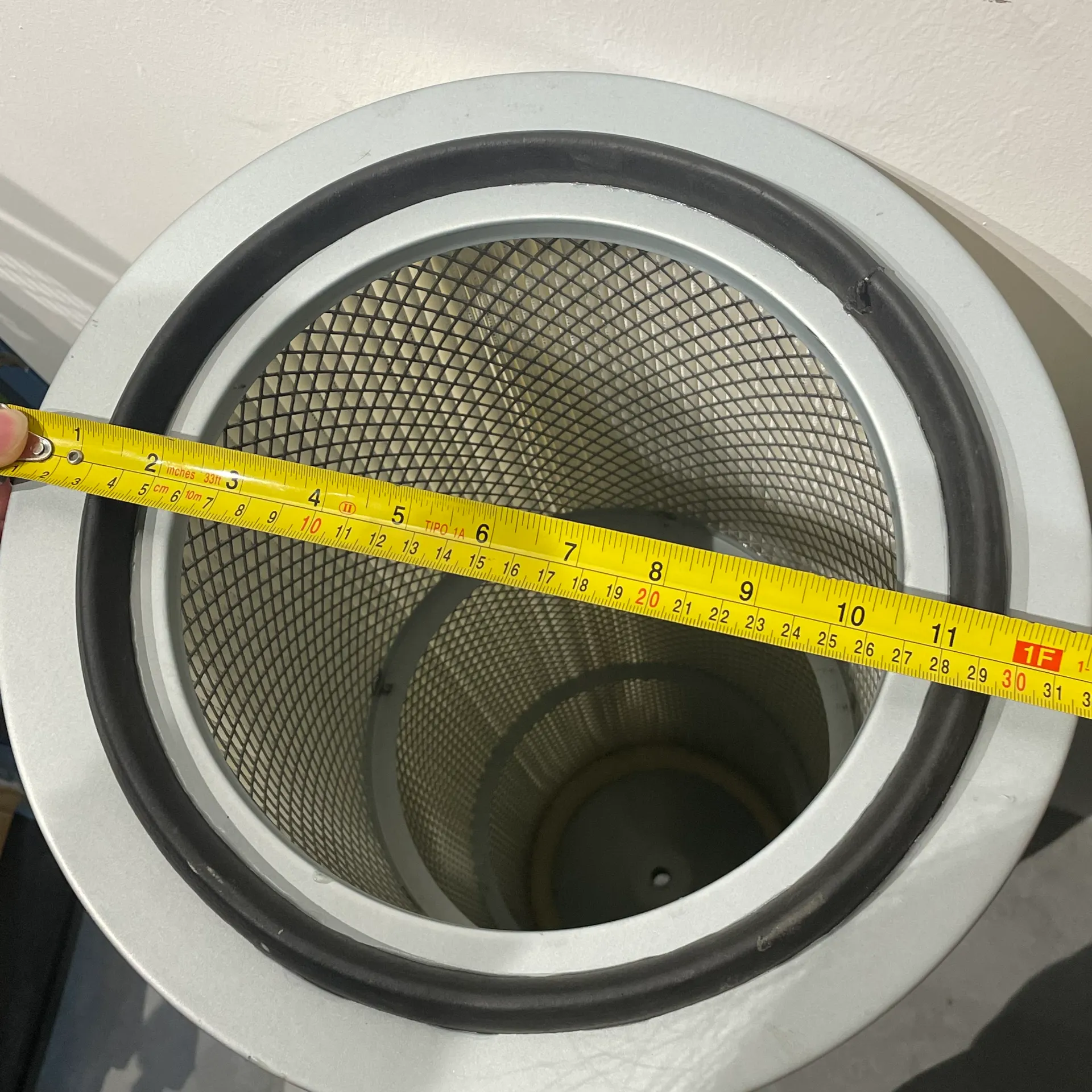 Tel:
+8615930870079
Tel:
+8615930870079
дец . 27, 2024 01:40 Back to list
Air Cartridge Filter Solutions for Enhanced Filtration and Improved Air Quality
Understanding Cartridge Filter Air Systems A Comprehensive Overview
In the realm of air filtration, one of the most effective and widely used solutions is the cartridge filter air system. These systems are crucial in various applications, from industrial environments to residential spaces, ensuring that the air we breathe is clean and safe. This article will delve into how cartridge filter air systems work, their benefits, applications, and maintenance considerations.
What is a Cartridge Filter Air System?
A cartridge filter air system utilizes a cylindrical filter element, known as a cartridge, to capture airborne particles, allergens, and contaminants. These cartridges are typically made from non-woven materials, pleated to maximize surface area and enhance filtration efficiency. When air is drawn through the cartridge, particles are trapped on the filter media, allowing only clean air to pass through.
The design of cartridge filters can vary, but they commonly feature a pleated structure that increases the available surface area for filtration. This pleating allows for a more efficient filtration process without significantly increasing the size of the filter unit. The cartridges can be composed of various materials, including synthetic fibers, fiberglass, or activated carbon, depending on the specific needs of the environment they are intended to serve.
Benefits of Cartridge Filter Air Systems
One of the key advantages of cartridge filter air systems is their high filtration efficiency. These systems are capable of removing a wide range of airborne contaminants, including dust, pollen, mold spores, bacteria, and even some volatile organic compounds (VOCs). This capability makes them ideal for environments that require stringent air quality control, such as hospitals, laboratories, and manufacturing facilities.
Another significant benefit is the ease of maintenance. Cartridge filters are designed for quick and easy replacement, minimizing downtime when filter changes are necessary. Unlike traditional filter systems that may require extensive cleaning or servicing, cartridge filters can often be replaced within a few minutes, ensuring that air quality is maintained without disrupting operations.
Furthermore, cartridge filter systems are often more compact than other air filtration solutions. Their vertical or cylindrical design allows them to fit into tighter spaces, making them suitable for a variety of settings without taking up excessive room. This compactness is particularly important in industrial facilities where floor space is at a premium.
cartridge filter air

Applications of Cartridge Filter Air Systems
Cartridge filter air systems are versatile and can be utilized in numerous applications. In industrial settings, these systems are commonly employed in dust collection systems, where they help capture harmful dust particulate produced during manufacturing processes. This not only protects workers' health but also maintains a cleaner working environment.
In commercial settings, cartridge filters play a significant role in HVAC (heating, ventilation, and air conditioning) systems, where they filter out allergens and particulates before air is circulated throughout a building. This is especially important in places such as schools, offices, and public buildings, where air quality can directly impact health and productivity.
Moreover, cartridge filters have essential applications in residential air purification systems. Homeowners increasingly invest in these systems to remove indoor air pollutants, including pet dander, smoke, and various odors. As awareness of indoor air quality grows, cartridge filter systems are becoming a popular choice for those looking to enhance the air quality in their living spaces.
Maintenance Considerations
While cartridge filter air systems are relatively low maintenance, regular checks and timely replacements are crucial to ensure optimal performance. The frequency of filter changes depends on several factors, including the environment's air quality, the volume of air being filtered, and the type of contaminants present. Typically, it is advisable to inspect cartridges every three months and replace them as needed.
Proper installation is also critical. Ensuring that cartridges are installed correctly can prevent air bypass, where unfiltered air escapes, compromising filtration efficiency. Therefore, following the manufacturer’s guidelines and recommendations is essential.
Conclusion
Cartridge filter air systems represent a vital component in maintaining clean air across various environments. With their high efficiency, ease of maintenance, and adaptability to different applications, these systems continue to be an essential choice for industries and households alike. As air quality remains a growing concern globally, understanding and utilizing effective air filtration solutions like cartridge filters will be increasingly important in safeguarding health and well-being.
-
Nano Fiber Technology: Revolutionizing Cartridge Dust Collector FiltersNewsAug.06,2025
-
How Activated Carbon Air Cartridges Eliminate OdorsNewsAug.06,2025
-
Dust Filter Cartridge Handling Fine Particulate MatterNewsAug.06,2025
-
Cartridge Dust Collector Filter for Welding Fume ExtractionNewsAug.06,2025
-
Activated Carbon Filter Cartridge Effectiveness Against VOCsNewsAug.06,2025
-
Activated Carbon Air Filter Cartridge Benefits ExplainedNewsAug.06,2025

 Email:
Email:





